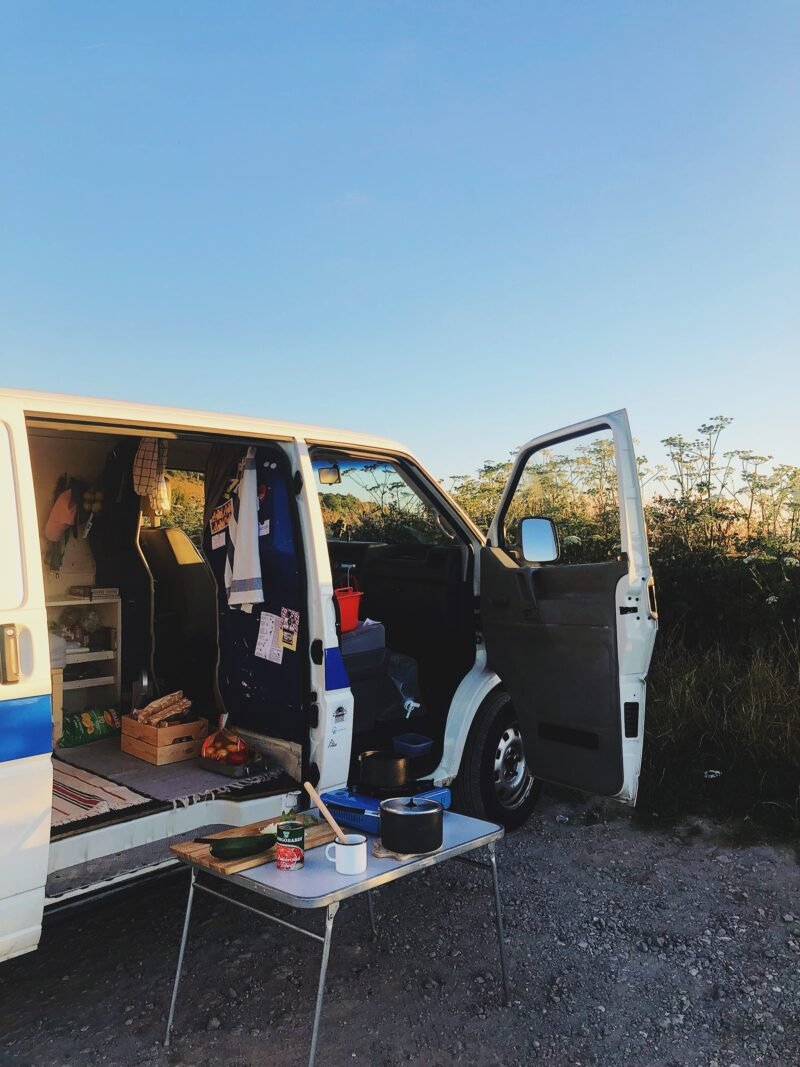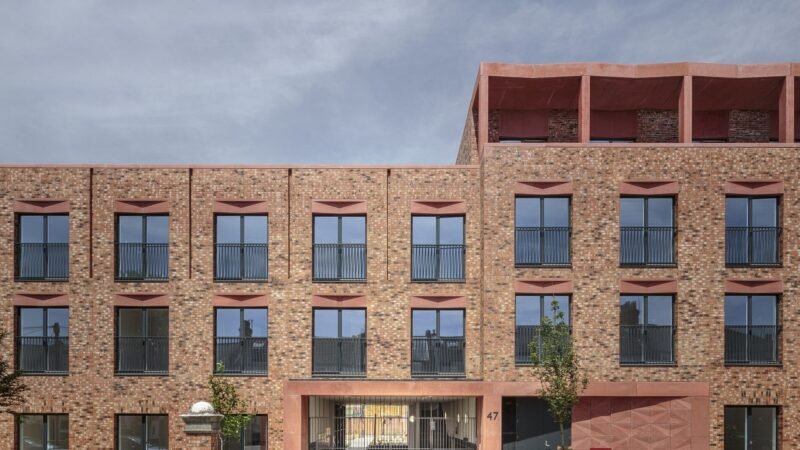Creative Compact Living For Marginalized Urbanites
Not only for the creative elite, aesthetic compact living spaces are now increasingly put in place as a means to provide comfort and safety for marginalized urbanites.
When thinking of compact living, small pre-fabricated designer living spaces come to mind. Images of small houses and apartments like Muji Hut make compact living attractive by emphasizing a simple lifestyle without many personal material possessions. The imagination of a highly educated global elite who prefer an aestheticized lifestyle of flexibility, connectedness, and cosmopolitanism may make compact living feel exclusive, despite the often advertised low rents.

However, compact living has a different side. Somewhat like the communal living collectives in Sweden and Denmark that emerged in the 1970s, compact living could be seen as part of an alternative housing lifestyle movement that challenges the status quo of housing. Nowadays, compact living often presents itself as an affordable, yet visually appealing alternative to expensive rental apartments in cities.
Besides its potential as a trendy living and leisure space, compact living is increasingly put in place as a social cause; as a relief for marginalized urban populations such as less affluent individuals, refugees, and homeless. Projects like SHED, aim to provide compact living solutions for those who have a desire for urban living, but who cannot compete with market prices in gentrifying neighborhoods. The SHED project aims to be “a revolutionary and environmentally friendly solution for quality and affordable accommodation in vacant buildings”. Lowe Guardians and Studio Bark, who teamed up to create the project, emphasize the project’s potential to take a key role in tackling homelessness and the refugee crisis.


Visually attractive compact living solutions are increasingly put in place for even more marginalized urbanites. Compact living as a potential solution to homelessness has boomed across the United States in the last few years. For example, in 2014, the construction of Star Apartments was completed in Downtown Los Angeles. Designed by Michael Maltzan, the converted commercial building now serves as a housing unit, recreation facility, and social service facility for formerly homeless Angelenos. Subsidized rents enable low-income individuals, as well as no-income individuals to live in one of the 102 apartment units.

More recently, Patrick Kennedy’s MicroPAD project aims to solve San Francisco’s homelessness crisis. The city’s homeless count is now up to 6,700 individuals. With this in mind, Kennedy aims to provide easy to construct apartments within existing neighborhoods where homelessness is concentrated. MicroPADs are easy and cheap to construct, and they are designed to offer a permanent home to their residents. Kennedy says that: “these are more than a place to stay; MicroPAD units give homeless people a place to live”.

In a time when cities are becoming increasingly popular and competition for space is driving prices up and people out, compact living presents itself as a relief. Not only as a trendy solution for fortunate urbanites, but also for those at the lower end of the social ladder, compact living can provide comfort and security. Creative solutions that go beyond traditional housing schemes are needed to accommodate city locals and newcomers who desire to live in an urban setting.



